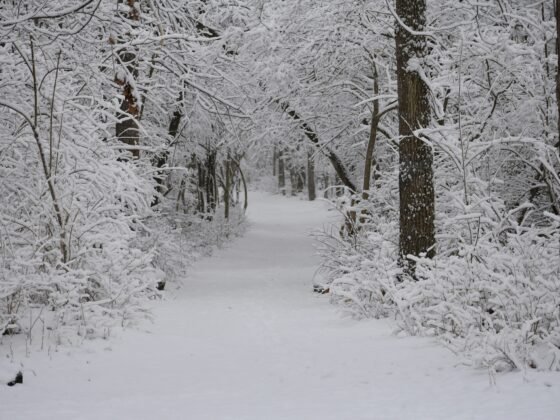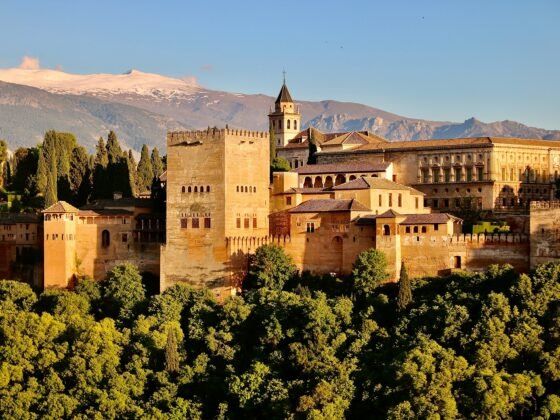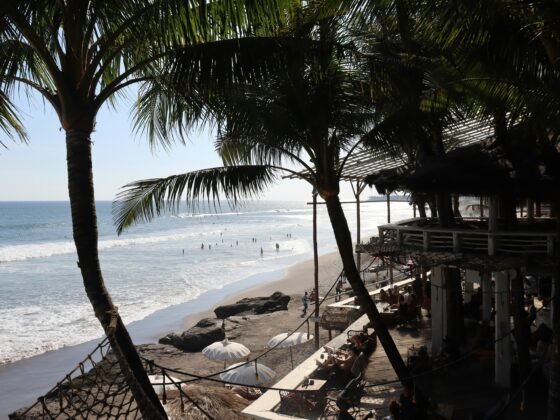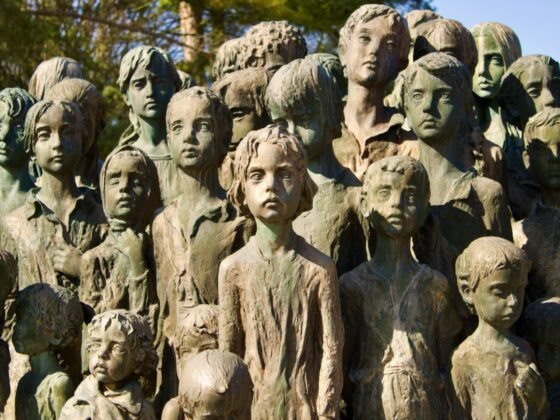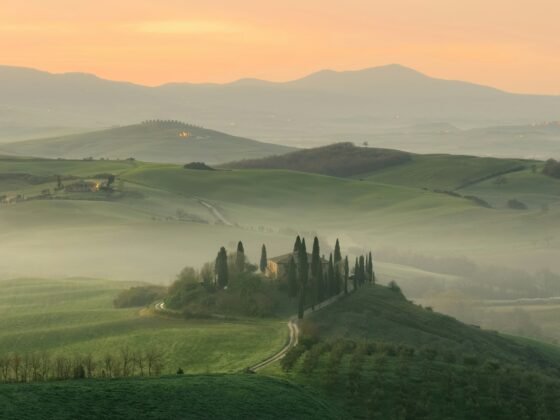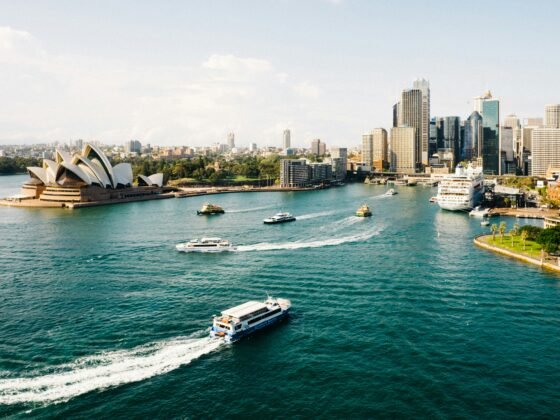The wild beauty of Catalonia, aka Catalunya in Spanish, has captivated travellers for decades, drawn to cosmopolitan Barcelona, medieval Girona and of course the gorgeous Mediterranean beaches and established resorts of both Costa Brava and Costa Dorada.
Catalonia is truly diverse, with its own language and its own unique culture. From the mighty Pyrenees Mountains in the north, to the rich wetlands of the River Ebro in the south. In between there are rugged cliffs, remote valleys, architectural wonders, hidden coves, rural villages, deeply historic cities and traditional fishing villages.
Admire Gaudi’s Barcelona
Straddling both Costa Dorada and Brava is cosmopolitan Barcelona; Spain’s second city, which has superlative charm, culture and architecture oozing from every brick. Admire the stunning architecture created by Antoni by Gaudi and wander the narrow streets of the beautiful old town, laid out around the cathedral. Stop off at one of the many shops, restaurants and bars along the La Rambla which is populated with street entertainers and local artists. Barcelona also boasts superb museums, intriguing art galleries and fantastic sports and activities facilities thanks to the 1992 Olympic Games legacy.
Sample the delicious Catalan cuisine, centered around simple yet flavourful and fresh ingredients. Olive oil, seafood and jamón (ham) features heavily in the ubiquitous Catalan paella, tapas bars and seafood eateries.
Don’t miss Gaudi’s modernist legacy; from the landmark World heritage Site of La Sagrada Familia which is as yet unfinished, to the hypnotic mosaic wonder of the Park Güell (pictured above). Explore the heritage of the Palau de la Música Catalana (Palace of Catalan Music), walk the historic Gothic Quarter (Barri Gotic) and browse the myriad of exhibits on display at the National Art Museum.
Get active in Barcelona: hit the sun-drenched pristine (yet oh so popular) beaches that front the azure blue Mediterranean and tackle just about every conceivable watersport on earth. From parasailing, kayaking, windsurfing, sailing and scuba diving, there’s something here for everyone. Try jogging along the water’s edge, climbing the hills and mountain biking in the valleys.
Explore medieval Girona
At the heart of the Wild Rugged Coast, aka the Costa Brava is the medieval city of Girona. More laidback and arguably with as much charm as Barcelona, Girona is often overlooked. Of particular note is the attractive Jewish quarter with its atmospheric narrow streets. The city is perfect weekend destination, as the locals head out of town, bound for the beaches.
Don’t miss walking the ancient walls of the Old Town Rambla district, admire the wide nave of the 15th century Girona Cathedral and catch the Casa Maso Museum, devoted to the Catalan architect Rafael Masó i Valentí. Rafael Masó created the Farinera Teixidor, Casa Masramon and La Punxa which can all be seen within Girona.
Get active in Lleida
The inland province of Lleida lies at the doorstep of the Pyrenees and it’s no great surprise to learn that adventure activities rule here. Try skiing, white water rafting and hiking in the lush Aigüestortes i Estany de Sant Maurici National Park. In fact, the only national park in Catalonia offers superb opportunities for climbing, hiking and spotting endemic wildlife. Tackle the Besiberri Sud peak within the Pyrenees chain, which rises to 3017 meters tall. Kayak and raft on one of the 200 different lakes in the park. And spot marmot, roe deer and golden eagles. The small city of Lleida itself has some great sights; don’t miss the exquisite Cathedral Turo Seu Vella which is set on the city’s highest point and the small and ornate castle of Castillo de Gardeny. Try to catch the unmissable annual festival in Lleida, which has superb rail connections too, with a high speed service from both Madrid and Barcelona.
Discover Dali’s legacy in Figueres
The small city of Figueres is centuries old and boasts a wealth of historic sights, intriguing museums and unique culture. Home to the colourful Salvador Dali museum, devoted to the artist’s surrealist and eccentric works, this is actually the second most visited museum in Spain, after Madrid’s Prado Museum. The name ‘Figueres’ is taken from ‘fig trees’ and this is the last major town before making the crossing over into France. Don’t miss the prominent 18th century Castell de Sant Ferran, which is said to be the biggest castle in Europe and walk the pretty streets of the Old Town.
Wander Roman Tarragona
Just south of Barcelona is the Roman town of Tarragona, which oozes charm and culture within its churches, plazas and Roman Colosseum. And lying close to the Mediterranean beaches (including some naturist beaches) of the Golden Coast, aka Costa Dorada, Tarragona boasts the best of both worlds. Explore the UNESCO World heritage Site of roman remains including a carefully preserved amphitheatre, impressive aquaduct system and the exquisite Colosseum. For a change of scene, the massive Port Aventura themepark and waterpark is close to Tarragona.
Get back to nature at the Ebro Delta
The Natural Park of the Ebro Delta (Parc Natural del Delta de l’Ebre) is one of the most important wetlands within the Mediterranean and boasts an enviable range of wildlife and waterfowl including vibrant and colourful flamingos. As well as protected wetland the park is also home to beaches, salt pans and marshes. The rich and varied habitats provide a vital lifeline to both endemic and migratory birds including seven species of gull, such as the slender-billed gull and the biggest population of the Audouin’s gull. Keen birdwatchers can also spot the Lesser Crested Tern and the rare Caspian Tern. Watch the YouTube video below of the Ebro Delta…
Admire the modernist architecture of Reus
The beautiful and historic city of Reus is known for its superb rock-climbing facilities and its production of wines and spirits – but we certainly don’t recommend combining the two! Reus is also the birthplace of legendary architect Antoni Gaudi but although there are no Gaudi-designed buildings here, there is the excellent Gaudi Centre and Museum. Reus does have many Catalan modernist buildings however from Gaudi’s counterparts Lluís Domènech i Montaner. Admire Montaner’s the Casa Navàs whose tower was destroyed in the Spanish Civil War and the ornate balconies of the Casa Gasull which almost looks North African.
Image Credits; 1; Infernalfox, 3; Hector Blanco de Frutos, 4; Ashley Pomeroy





